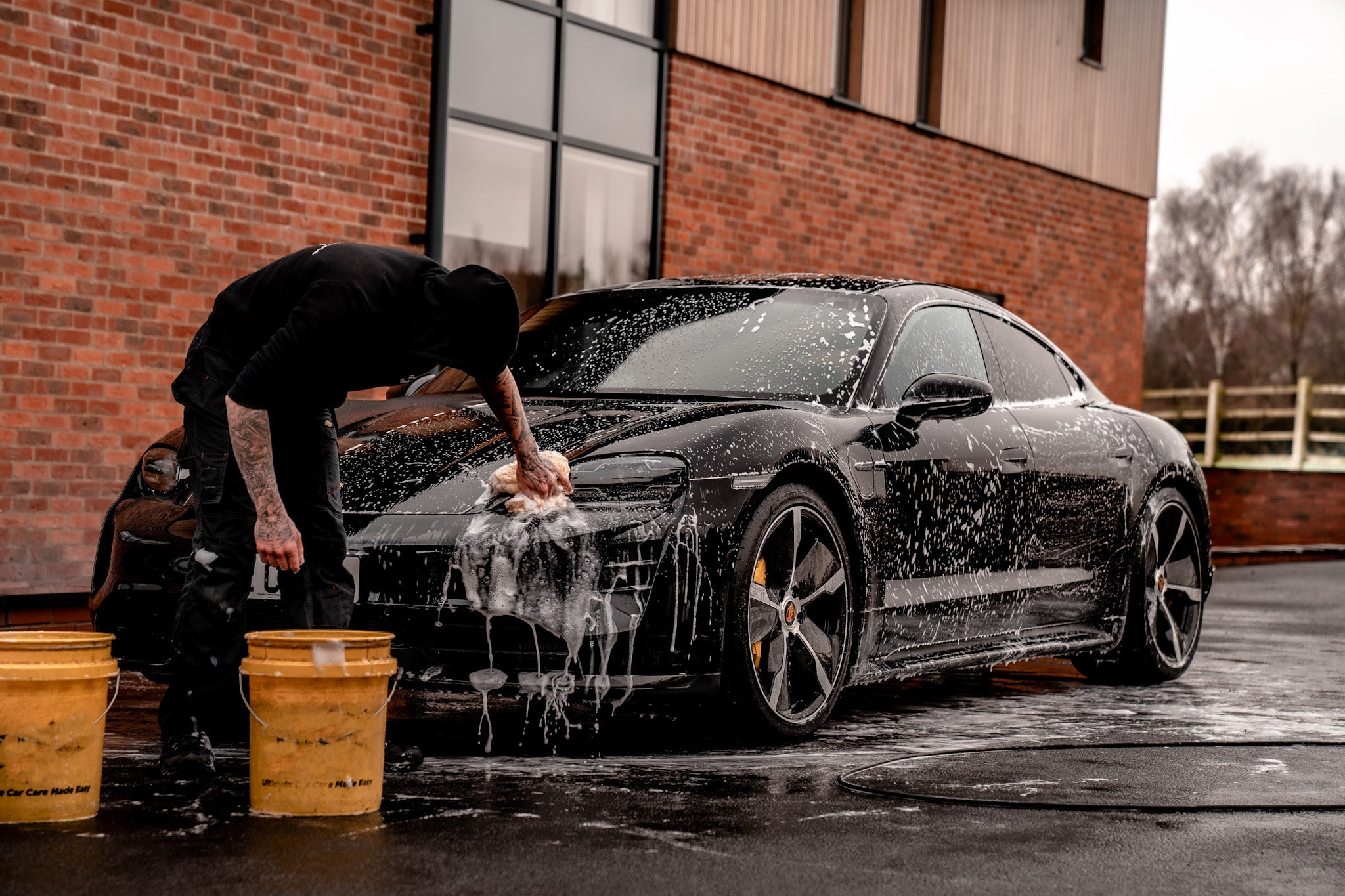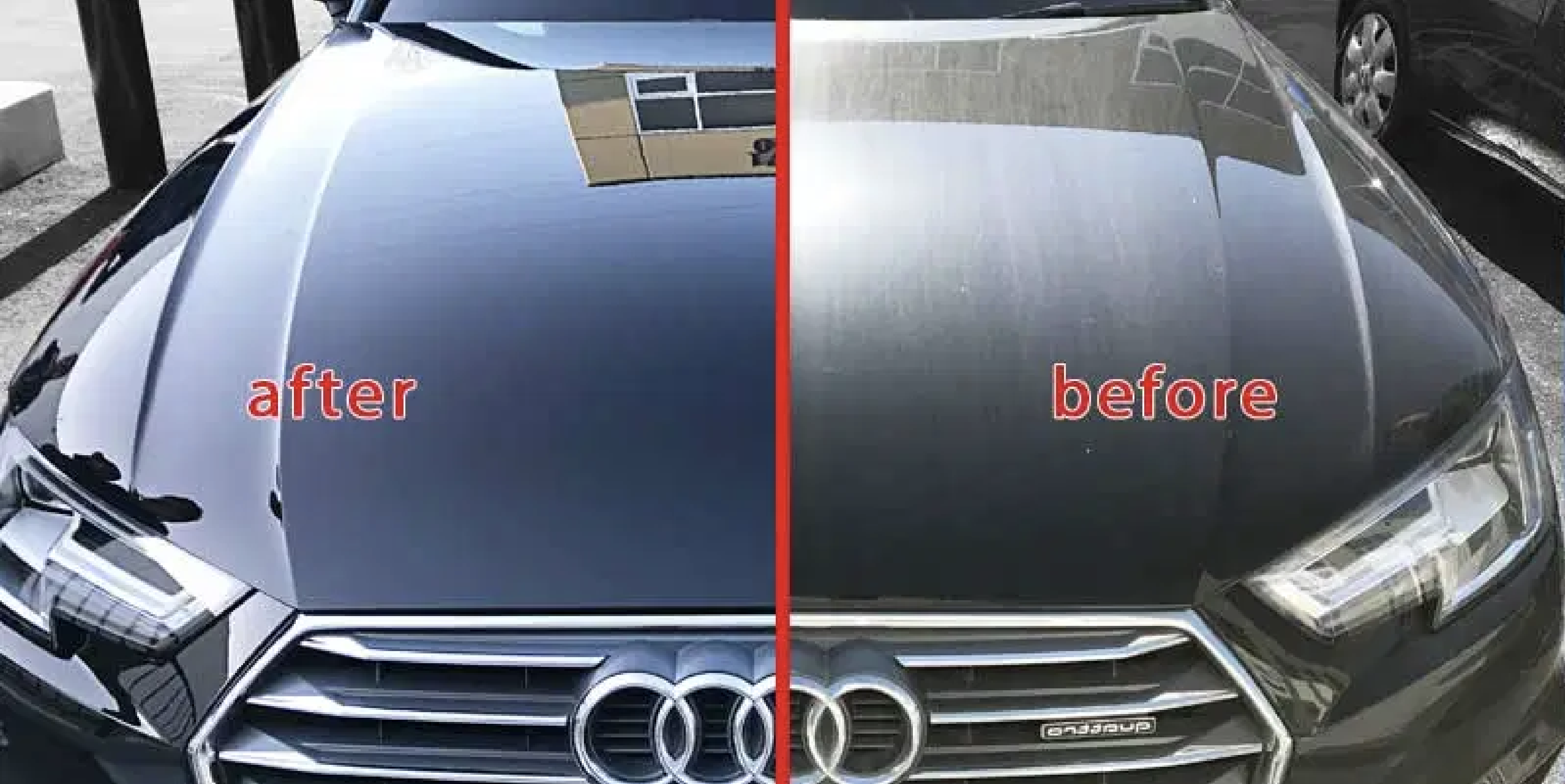Get expert car detailing for a showroom shine.
Get expert car detailing for a showroom shine.
Blog Article
A Comprehensive Overview to the Kinds Of Ceramic Layer on the marketplace
Ceramic layers have emerged as a crucial service throughout various markets as a result of their distinct homes and applications. From silica-based formulations known for their toughness to crossbreed alternatives that combine several advantages, the selections available can be overwhelming. Comprehending the subtleties of each type, including their specific benefits and suitable use situations, is vital for making notified decisions. As we explore the distinct qualities and applications of these finishings, the implications for efficiency and durability end up being significantly noticeable, increasing questions regarding which type might finest suit your demands.
Comprehending Ceramic Coatings
Ceramic finishes are advanced protective remedies that have actually acquired appeal in various industries, specifically in vehicle and aerospace applications. These coverings consist of a liquid polymer that, when healed, creates a resilient, hydrophobic layer on the surface of the substratum. This layer gives enhanced resistance to environmental impurities, UV radiation, and chemical exposure, consequently prolonging the life and aesthetic appeal of the underlying material.
The essential element of ceramic coatings is silica, which adds to their solidity and sturdiness. The application procedure generally entails surface preparation, application of the covering, and curing, which can be accomplished through heat or UV light. Once cured, ceramic coatings show phenomenal bonding residential properties, allowing them to stick strongly to a range of surface areas, including steels, plastics, and glass.
In enhancement to their safety functions, ceramic coatings also provide simplicity of maintenance. Their hydrophobic nature reduces the adherence of dust and gunk, making cleansing easier and less frequent. Generally, the adoption of ceramic layers stands for a considerable improvement in surface security innovation, supplying both functional and aesthetic benefits across multiple sectors.
Kinds Of Ceramic Coatings
Various sorts of ceramic finishings are offered, each designed to fulfill specific efficiency demands and applications - scratch repair sarasota. The most usual kinds include:
Silica-based Coatings: These finishes primarily contain silicon dioxide and are understood for their sturdiness and chemical resistance. They are widely made use of in vehicle and commercial applications.
Titanium Dioxide Coatings: Distinguished for their photocatalytic homes, titanium dioxide finishings are often applied in atmospheres where self-cleaning and antifungal buildings are preferable, such as in structure materials and automotive surfaces.
Zirconia Coatings: Characterized by their high-temperature security and thermal resistance, zirconia layers are utilized in applications such as turbine engines and high-performance automobile elements.
Alumina Coatings: Displaying superb firmness and thermal stability, alumina coverings are frequently made use of in wear-resistant applications, consisting of reducing devices and commercial machinery. - Car Detailing
Hybrid Coatings: Integrating the homes of different products, crossbreed layers provide improved performance features, making them ideal for special and requiring applications.
Each sort of ceramic finish offers distinctive objectives, permitting customers to pick one of the most suitable remedy based on details ecological conditions and performance requirements.
Benefits of Ceramic Coatings
Coatings play a crucial function in enhancing the efficiency and longevity of surface areas throughout different markets. Ceramic finishings, specifically, deal numerous benefits that make them increasingly popular among makers and consumers alike. One of the key benefits is their remarkable resilience. These coatings are immune to scrapes, chemicals, and UV rays, making sure that the underlying surface area remains safeguarded in time.
In enhancement to toughness, ceramic layers supply exceptional hydrophobic properties, enabling easy cleansing and upkeep. This water-repellent nature reduces the adherence of dirt, grime, and various other pollutants, which can extend the aesthetic appeal and capability of the surface. Additionally, ceramic coatings can substantially improve thermal resistance, making them perfect for applications that sustain heats.

Application Process
When using ceramic coatings, a meticulous technique is necessary to attain optimal results. The application process normally begins with detailed surface prep work. This includes cleaning, sanitizing, and polishing the surface to eliminate all contaminations, consisting of dirt, grease, and prior waxes or sealers. A clean surface area makes sure correct attachment of the covering.
As soon as the surface is prepped, the following step is to apply the ceramic coating. The layer ought to be used in slim layers, as thicker applications can lead to unequal finishes.
After application, the finish needs a certain curing time, usually ranging from a couple of hours to a full day, depending upon the product. During this moment, it is important to prevent exposure to moisture or pollutants. Finally, a gentle buffing might be needed after healing to improve the gloss and get rid of any high places. Following these actions faithfully will take full advantage of the performance and longevity of the ceramic covering, providing a resilient safety layer for the surface area.
Maintenance and Longevity
To ensure the longevity and efficiency of a ceramic finish, regular maintenance is necessary. Ceramic finishes, known for their toughness and safety qualities, call for details treatment regimens to maximize their life expectancy and efficiency.
Along with routine washing, regular inspections are important. Search for indications of wear or damages, such as hydrophobic buildings reducing or surface area blemishes. If necessary, a light polish may be applied to revitalize the more tips here finish without removing it away.
In addition, the application of a booster spray can improve the finish's hydrophobic impacts and restore its gloss. This is particularly advantageous for coatings that have been in usage for an extensive period. Ultimately, by sticking to these maintenance practices, one can considerably expand the life of a ceramic finish, ensuring that it proceeds to supply optimum protection versus ecological elements and keep the visual appeal of the lorry.
Conclusion

Report this page